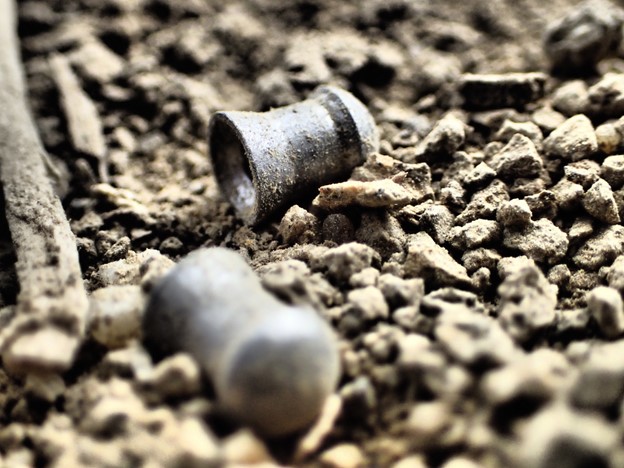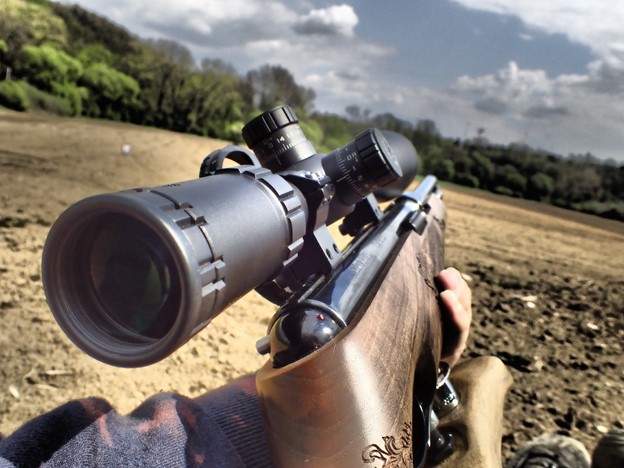Airguns are exploding in popularity around the country. From the gun’s precision to its relatively muted sound when fired, it’s the perfect alternative to a traditional rifle.
The best part? You can use airguns as a hunting weapon. In fact, airguns are the ideal option for small game hunting because they are slightly less powerful and have lower recoil than traditional rifles. This not only means you’ll have better accuracy, but it also increases the likelihood the animal will remain intact after you’ve taken it down.
If you’re planning on taking an airgun out on your next hunt, here are a few things to keep in mind.
1. Understand Airgun Hunting Laws in your State
Before doing anything else, be sure to check your state’s laws for airgun hunting.
While it’s true they are a bit less powerful than conventional firearms, many modern, technologically-advanced airguns can pack a major punch. Laws and regulations vary from state-to-state, with different species of animals typically having different caliber requirements.
Thankfully, there’s no shortage of resources available detailing state airgun laws. As you plan your hunt, check your state laws and make sure your gun meets various caliber requirements.
2. Choose your Pellets Wisely

Believe it or not, you can hunt big game with airguns. If you’re planning to challenge yourself with hunting deer, though, you need to make sure you have the right ammo.
There are three broad categories of ammunition: pellets, round balls, and cast bullets. If you’re planning to hunt small game, you should almost certainly use pellets. Pellets are generally more accurate and fly faster, which makes them a solid choice for small game hunting. Pellets come in four shapes, including:
- Round Nose
- Pointed
- Flat Pellets
Round balls and cast bullets, on the other hand, are intended for big game hunting. They need to be at least 30 caliber in diameter and weigh at least 150 grains. Unlike pellets, round balls and cast bullets slow down much less slowly than pellets when fired from a powerful airgun. The higher velocity (at least 800 fps) increases the chances you’ll bring down the bigger animal.
3. Consider your Distance
In many ways, airgun hunting is a refresher in one of the most basic laws of physics: force equals mass times acceleration. As time passes, acceleration (and force) gradually decrease.
In this case, time is the fractions of a second following a shot. Almost instantly, the force of a pellet, round ball, or cast bullet begins to plummet. If you’re too far away from your target, the shot may either not reach it or not cause a single shot kill.
As you’re deciding on what airgun to buy, don’t forget to review its maximum shot distance. High-end airguns can have a range of 100 yards or more. Then, before heading out a hunt, practice shooting from various distances. Start to get a sense of the difference between 30 and 50 feet so you feel comfortable getting your shot off without measuring whenever you see the game you’re hunting.
4. Accuracy is Critical
Shot placement can often be the difference between a successful hunt and heading home empty handed.
When firing an airgun, your goal should always be to nail your shot in one of two areas: the animal’s head or its heart and lungs. When you place your shot in either one of these areas of the body, you are maximizing your chances of a one-shot ethical kill.
Of course, perfect shot placement is easier said than done. Luckily, practice makes perfect. Hit the range as often as you can and master hitting targets from different distances. Be sure to practice from different positions as well, such as kneeling, standing, and on your stomach.
With a little practice, you’ll hit your target the first time, every time.
5. Control your Breathing
The moment you see the rabbit, squirrel, or even whitetail deer you’re hunting can be exhilarating. Just don’t let your emotions get the best of you.
When you first encounter the animal you’re stalking, the adrenaline can kick it. Your breathing may start to pick up. Your hands may start to shake. It can be easy to let all of your practice fall by the wayside if you aren’t careful. Don’t let it happen.
Before taking a shot, clear your mind. Take a deep breath. Aim down your sights and carefully line up your sights. When you finally feel as though you have a steady hand, let the shot go.
Get Ready for a Thrill
Ask any hunter and they will tell you your first airgun hunt is one you’ll never forget. Enjoy your time out in the woods, and best of luck!
Texas Outdoors
Latest posts by Texas Outdoors (see all)
- The Best Ideas for Storing an Outboard Motor – July 9, 2024
- Safety Tips for UTV Off-Roading in Icy Conditions – July 9, 2024
- How To Take Care of Your Golf Cart in the Summer – July 2, 2024

Leave a Reply